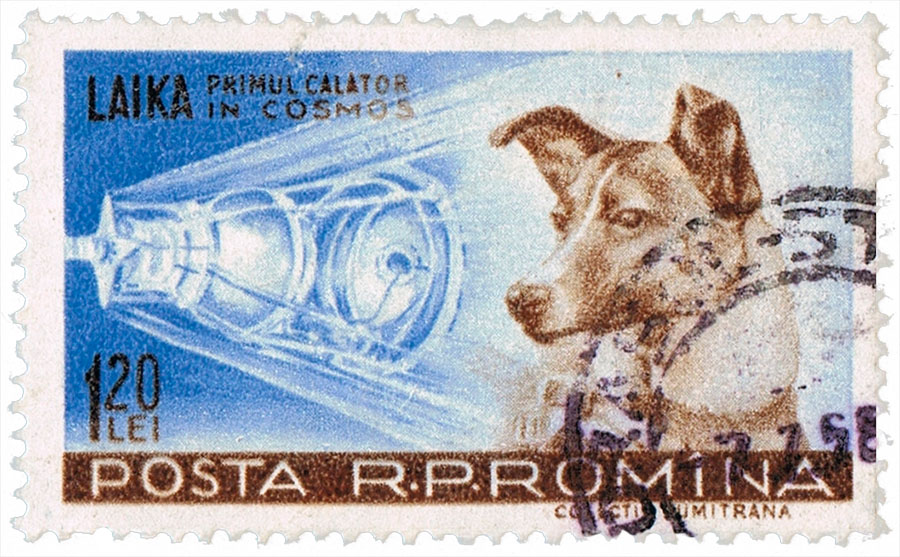We Should Spend A Moment To Remember The Two Pooches Who Shot For The Stars And Returned To Bark The Tale
Belka and Strelka Raise the WOOF
Many people know the story of Laika, the first dog to go into space. Sadly, Laika was also the first dog to die in space, as the Soviet space program successfully tested their hypothesis that dogs could die in space. A far more uplifting story is that of Belka and Strelka, the two dogs who followed in Laika’s paw-steps, and who became the first two dogs to come back from space alive.
The idea behind bringing dogs back alive was a sound one: The USSR was hoping to send humans into space. But just like a child who must prove they can take care of a hamster before they are allowed to adopt a stray, it was necessary to demonstrate they could successfully send up and bring back a couple of dogs before they started firing people into the remorseless black void of the universe.
They didn’t only send the dogs. Belka and Strelka were accompanied on their historic flight by 42 mice, two rats, an assortment of flies, and a gray rabbit. There was a strict hierarchy of command: the mice were in charge of the flies, the rats were in charge of the mice, the rabbit was in charge of the rats, and Belka and Strelka had total authority over the rabbit. There were also a number of plants and fungi, who were given little direct responsibility.
So it was that on Aug. 19, 1960, the craft Korabl-Sputnik 2 took off with its semiprecious animal cargo. What did Belka and Strelka, whose lives up until then had involved very little more exciting than sticking their heads out a car window, think as they looked down upon the Earth receding from them? Did they even appreciate the wonder and majesty of what they saw in space? Probably not. People say they should send poets to properly express the experience of space travel; few ever say that the same goal could be accomplished by sending dogs.
Yet Belka and Strelka did achieve something incredibly significant: They proved that going into space was not an automatic death sentence for anyone foolish enough to try it, and also that man’s dominion over the animal kingdom was complete and indisputable. It’s extremely apt that the name “Strelka” is Russian for “little arrow,” for Strelka did indeed fly like an arrow straight to the target of enhanced scientific understanding and scored a bull’s-eye. It’s less apt that the name “Belka” means “Squirrel,” but I guess you could think up something clever to say about nuts.
The experience of Belka and Strelka led directly to the experience of Yuri Gagarin, which led directly to the experience of Neil Armstrong, which led directly to the experience of Tom Hanks in Apollo 13 — making them possibly the most important dogs in the history of movies.
Space Dogs Now
Today, you can still see Belka and Strelka at the Museum of Cosmonautics in Moscow. Not alive, of course; sadly the rumors that going into space would bring everlasting life were not true. But the pair of pioneering canines have been beautifully stuffed and mounted, and retain the essence of the personalities that drew the Soviet space program to them. Belka sits up, eager and attentive, awaiting orders, while Strelka looks around, curious and questing. Thus, the two great attributes of the perfect cosmonaut — inquisitiveness and obedience — are embodied in these adorable pooches.
It’s time we gave a little more credit to Belka and Strelka. Traditionally, Laika has been far better-known, despite the fact that dogs who don’t die are clearly superior to dogs who do. Today, when we look up at the stars, we should give a shout-out to the two intrepid dogs who visited them and lived to bark the tale.
Should you wish to consider more Weird History in general, or Astronauts specifically, we can help you out. Fair warning: Not all aritlces from Penthouse Magazine include dogs. Pity, that.




















